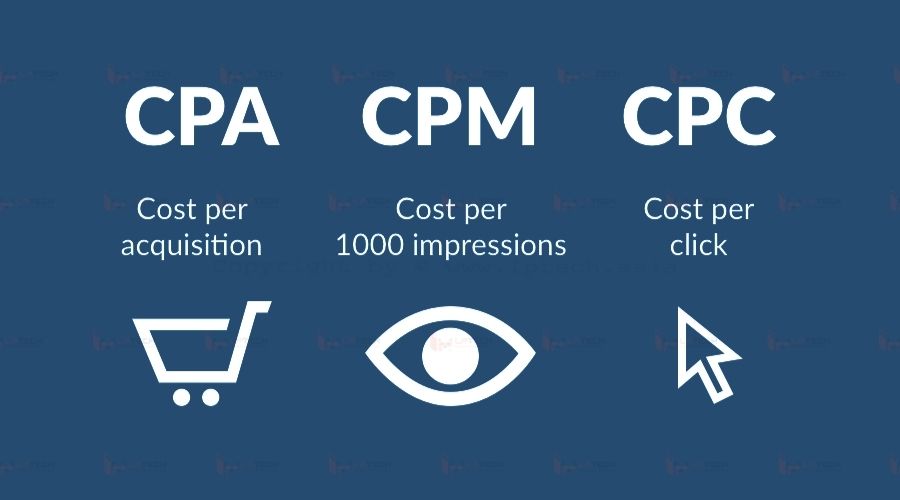CPA CPM and CPA Marketing

CPA CPM and CPA Marketing adleadbum.com Cost Per Action (CPA) marketing is a performance-based advertising model that allows advertisers to pay only when a specific action is completed by the user. This particular action may include a variety of measurable events such as downloads, sign-ups, purchases, or other forms of engagement. In this way, CPA marketing aligns the interests of both the advertiser and the publisher, as compensation is directly tied to the desired outcomes rather than merely the visibility of an ad.
What is CPA Marketing and How Does it Work?
The core concept of CPA marketing lies in its ability to generate leads and conversions in a cost-effective manner. Advertisers benefit from a clear pathway to assess the effectiveness of their marketing campaign, as they only incur costs when the user performs a designated action that is often defined in the terms of the campaign. This approach leads to improved return on investment (ROI) potential, making CPA a popular choice among marketers aiming to optimize their advertising budgets.
One of the significant advantages of CPA marketing is its capability for precise tracking and measurement of user actions. Advertisers can easily analyze which campaigns are driving successful actions and adjust their strategies accordingly. Cpa marketing However, executing a CPA campaign does come with certain challenges. For instance, determining the right value for each action is crucial, as is balancing quality and quantity in conversions. Focusing too much on volume can lead to lower-quality leads and poor conversions.
Several examples of successful CPA marketing strategies can be observed across various industries. For instance, a software company may offer a free trial, where payment is made only when a user decides to subscribe after the trial period. This model attracts a broader audience while ensuring that the advertiser only pays for customers who show genuine interest. Such strategies underline the effectiveness and growing popularity of CPA marketing within the digital advertising landscape.

Exploring CPM Marketing: The Basics and Benefits
Cost Per Mille (CPM) marketing is a widely-utilized pricing model in the realm of online advertising, particularly in display advertising. The term “mille” refers to one thousand impressions, positioning CPM as a cost-effective strategy for advertisers who aim to establish a significant presence within their target demographic. Unlike other models that focus on direct conversions, CPM is primarily concerned with reaching audiences and enhancing brand visibility through impressions.
The core advantage of employing CPM marketing lies in its predictability and potential for broad audience reach. Advertisers can estimate their total costs with greater accuracy, allowing for better budget management and strategic allocation of resources. By focusing on impressions rather than click-through rates, brands can achieve substantial exposure and foster brand awareness. This approach is especially beneficial for companies seeking to introduce a new product, launch a brand, or engage with a broader market without the immediate expectation of direct purchases.
To maximize the effectiveness of CPM campaigns, advertisers should consider several best practices. First, precise targeting strategies are crucial; advertisers should leverage demographic information, interests, and behavioral data to ensure their ads are displayed to the most relevant audiences. Second, the quality and creativity of the ad content can significantly impact performance. Engaging visuals and compelling messages will attract more viewers, enhancing the overall effectiveness of the campaign.
Measuring success in CPM marketing often revolves around impressions and reach metrics. By analyzing these data points, advertisers can evaluate the impact of their campaigns and make necessary adjustments to improve outcomes continuously. In conclusion, understanding the fundamentals of CPM marketing equips businesses with the essential knowledge to harness its power effectively, driving brand recognition and fostering long-term growth.
Understanding CPC Marketing: A Guide to Cost Per Click
Cost Per Click (CPC) marketing represents a crucial component of digital advertising where advertisers pay a specific fee each time a user clicks on their ad. This model is predominantly utilized within the framework of pay-per-click (PPC) advertising, allowing businesses to drive targeted traffic to their websites. By employing CPC marketing, companies can effectively manage their advertising budget and measure the direct impact of their campaigns, making it an essential strategy for enhancing online visibility and conversions.
The significance of CPC in driving traffic cannot be overstated. When executed correctly, a well-structured CPC campaign can lead to increased website visits, higher engagement levels, and ultimately, greater sales and conversions. Diet for Health Benefits The beauty of this model lies in its ability to provide advertisers with immediate feedback. As clicks translate directly into potential customer engagement, businesses can assess the effectiveness of their ads in real-time, allowing for swift adjustments based on performance analytics.
To optimize CPC campaigns, several best practices should be considered. First, thorough keyword research is paramount. Choosing the right keywords can significantly influence ad performance and the cost of clicks. It is advisable to target specific, high-intent keywords that align with the audience’s search behavior. Additionally, crafting effective ad copy is equally important. Compelling headlines and clear calls-to-action not only attract clicks but also enhance the chances of conversion once the user lands on the website.
Bài viết liên quan : CPA Game Network
Real-world examples of successful CPC campaigns offer insights into effective strategies. For instance, an e-commerce business that utilized targeted keyword campaigns experienced a 35% increase in conversions over three months. Similarly, a travel company that focused on specialized ad copy saw a significant drop in abandonment rates from users who clicked on their ads. These instances exemplify how well-executed CPC marketing can lead to substantial business growth across various sectors.
